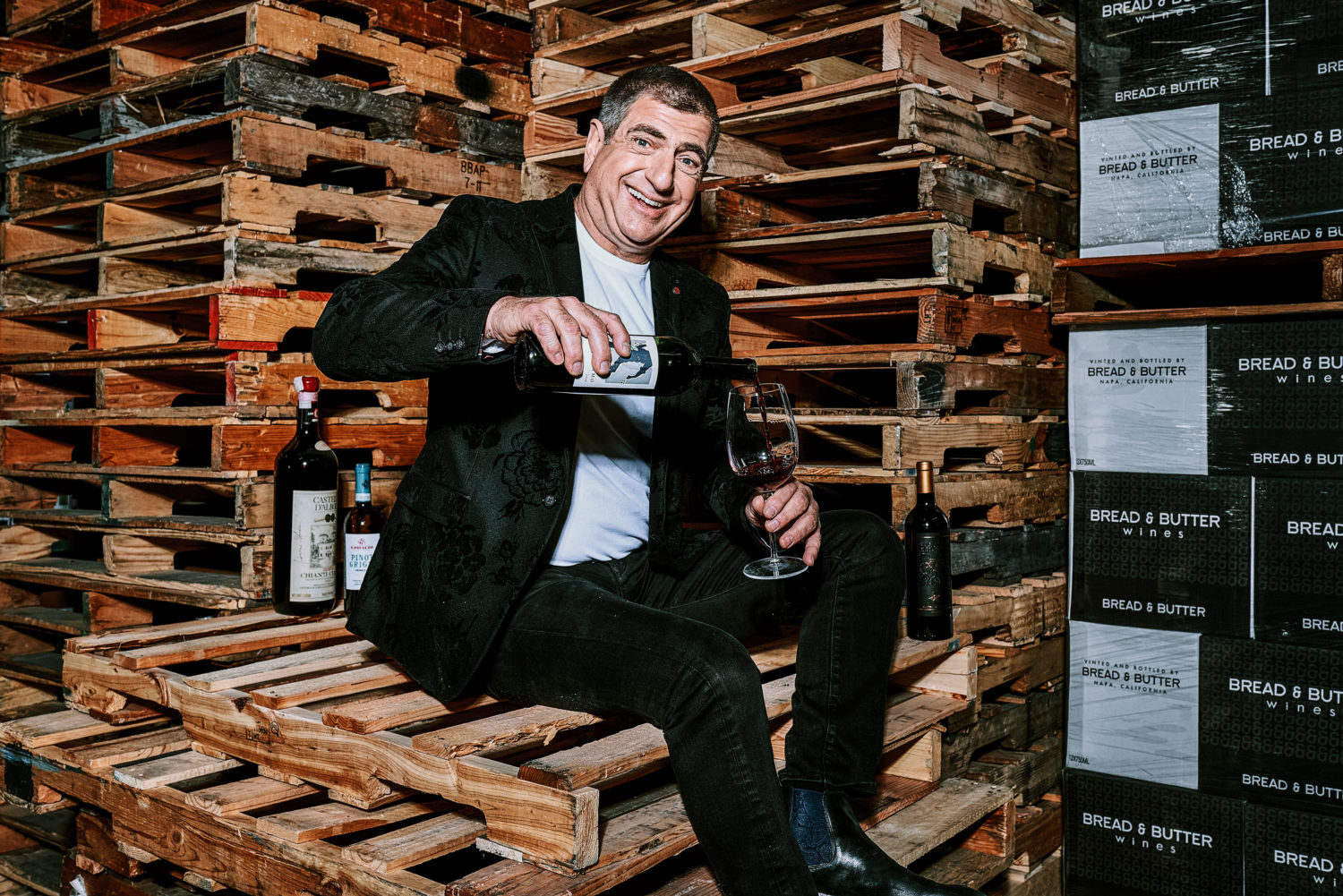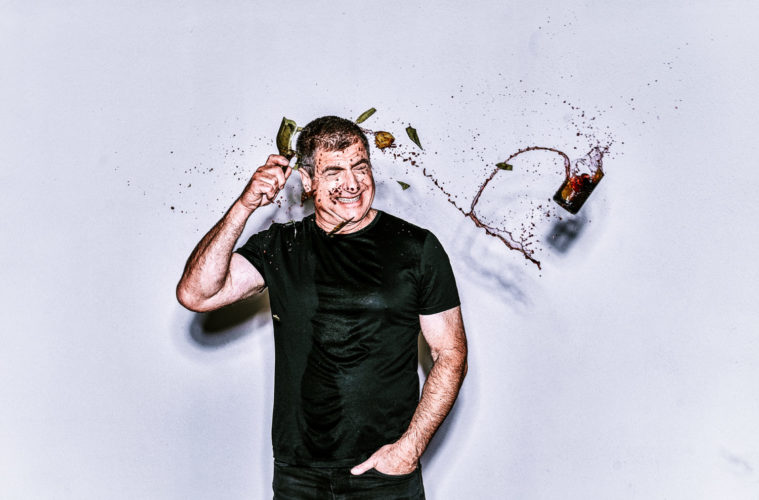These days, wine clubs are all the rage. Comedians, sommeliers, winemakers, and even two MIT grads with a proprietary palate-identifying algorithm have all tried their hand at pulling together crowd-pleasing cases for monthly subscribers, with varying success. Then there is Paul Kalemkiarian, aka Paul K., the lone taster for and heir to the world’s first monthly wine club, called, aptly, Wine of the Month Club. He has a simple yet time-tested formula for shipping his members exactly what they want: He tastes everything that crosses his path.
Wine of the Month Club started in Palos Verdes in 1968 when Kalemkiarian’s father, Paul Sr., bought a pharmacy attached to a liquor store. This was before California was put on the wine world map, and long before wine clubs were ever a thing.
“The club started because [my dad] just got tired of walking from the pharmacy to the liquor store to help people out,” Kalemkiarian tells L.A. Weekly over tacos and Arnold Palmers at Jake’s Roadhouse, a barbecue restaurant in Monrovia. “But the key part of that was to help people out; it wasn’t just to sell more wine.”

Paul Kalemkarian (Robiee Ziegler)
As a teenager, Kalemkiarian worked in his father’s shop, dropping off deliveries at people’s houses and shelving bottles. After college and a stint in corporate America, he came back to help his father run Wine of the Month Club in 1988.
A few months into the reinstated father-son partnership, the two went to a Bordeaux wine tasting and were seated separately. On the drive home, they found that they’d rated every wine — except two — the exact same.
“My dad said, I think you’re ready to start choosing wines, and I kind of never saw him again,” Kalemkiarian remembers. “He took off on me!”
Kalemkiarian maintains the same integrity as his dad did when it comes to choosing wines. He indiscriminately tastes everything. In the past 32 years, Kalemkiarian estimates he’s tried around 100,000 wines — good, bad and downright terrible. He dedicates every Tuesday to tastings, where he goes through about 75 wines. He can identify within seconds if the grape and district are accurately represented. If it’s a blend, he looks for balance — in character and fruit. Then, there’s his most important criteria: Does the wine have good value?
In the tasting room, an enclosed cement-floored space with high tables and bar stools attached to a bustling warehouse, Kalemkiarian holds court in front of a computer and two sinks. Wine reps wheel their bottles in for him to try. They’re all vying for a spot in a future month’s shipment. Kalemkiarian swirls and smells, takes a swig and spits the juice into the sink, then enters his rating into the computer. Every wine is scored on a three-point scale. One means no good, two means he can use it, and three means he can use it if the value (or price per bottle) were better. The entire judging process takes about 15 seconds.

Paul Kalemkarian ( Robiee Ziegler)
“It’s meatball surgery,” he says, “You kind of just get through it and determine right away if it’s got value compared to the one next to it.”
One rep pulls out a black bottle with an Old Hollywood-style illustration of a buxom woman on it. The wine is Killibinbin Seduction Cabernet Sauvignon from Australia.
“It reeks of Australia,” Paul says after sipping and spitting. “I don’t mean it negatively.” Australia’s wine has evolved, what used to be more rich and overwhelming, almost like Port, has tempered a bit — become more “real wine” that’s less over-the-top, more drinkable. Within seconds, Kalemkiarian calls it: decent value.
“The chewing on it and the descriptions, that’s all fun and I love doing it, but I really want to educate the consumer on the value of its variety, the value of its ethereal nature.”
To him, value is not only about cost, but also about imparting wine wisdom: This is a true representation of a Napa cab or an Italian Nero d’Avola. Subscribers can learn what they like and don’t by region, grape and vintner. It’s what a wine club, essentially, should do, give people enough knowledge to navigate a daunting wine list or sea of bottles in a shop. It’s also notable that he never sends the same wine out twice, and rarely the same winemaker.
I ask him about the more intimidating aspects of wine, the insurmountable wall of knowledge that separates the connoisseur from, say, someone who just wants to drink rosé all day.
“I have a position on that,” he says, crushing a peanut shell between his fingers, “Wine is not to be unintimidating; and it’s not meant to be intimidating. It’s a study. You never run out of things to learn and if you’re interested in the subject, you can never exhaust it…if you know what you like and just want to experience different flavors and grapes, that’s fine too.”
After lunch, he has more to drink (he’ll sip 72 in total today). He tries them all, gives each a fair shake, because he knows better than anyone — the only way to truly judge a wine is to taste it.
Advertising disclosure: We may receive compensation for some of the links in our stories. Thank you for supporting LA Weekly and our advertisers.

